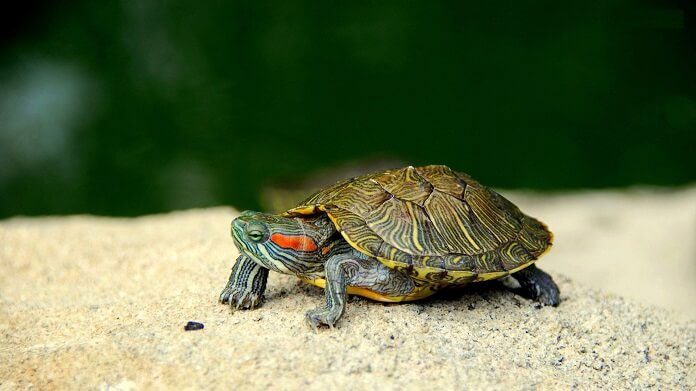Instead of traditional pets like dogs, birds, chickens, or fish, many people are choosing to hunt for exotic and rare animals such as turtles, lizards, and even venomous snakes. This trend poses numerous risks.
In recent years, the trend of keeping exotic pets has gained popularity among many young people due to their unique and eye-catching appearances, simple care requirements, and their intelligence.
Numerous clubs and groups have been established on social media, gathering a large number of members, with some groups boasting tens of thousands of followers. Offline meetings for buying, selling, exchanging, and sharing care experiences happen frequently. With enough money, young people can easily purchase exotic animals as pets.
In May 2022, the Central Pediatric Hospital in Hanoi treated a 13-year-old boy who was bitten by a venomous snake. Prior to this incident, he had ordered a red-tailed green rat snake online to keep as a pet.
According to the family, the boy loved animals and often researched different species online. Two weeks before being hospitalized, he secretly ordered three green rat snakes to keep at home. Around 3:30 PM on May 3, while changing the snake’s enclosure, he was bitten on the index finger. After the accident, he ran to inform his family, who were shocked to discover the three snakes hidden in a box inside a wardrobe.
Currently, there are also many people interested in keeping monkeys as pets. According to Ms. Bui Thi Ha, Deputy Director in charge of Policy and Law at the Education for Nature Vietnam (ENV) Center, few people know that keeping monkeys is illegal under wildlife protection laws. Monkeys are not pets; they are wild animals that belong in nature. Many wild species face extinction if they are kept as pets.
ENV encourages the public not to keep monkeys or other wild animals as pets and to report any wildlife violations to the free hotline 18001522.
Behind the beautiful facade lies hidden dangers
Professor Bui Cong Hien from the Vietnam Entomological Society stated that many species of insects and animals can be kept as pets, but not all of them are safe. Some species may look beautiful and attractive but are actually quite venomous. Additionally, some species may not contain toxins but can cause allergies, such as certain types of butterflies. Some spiders may be visually appealing but are also very venomous…

The existence of red-eared sliders in the wild threatens the lives of many other animal species.
Red-eared sliders are among the most beautiful species, widely distributed due to people purchasing them for their attractive appearance. They have bright red ears and a body with colorful streaks. However, their presence in the wild poses a threat to many other species due to their rapid growth and invasive nature, leading to the dominance of their species in that ecosystem.
When choosing animals for decoration, it is advisable to consult a list of species that are venomous or potentially harmful. Moreover, caution should be exercised when handling these venomous species, as they can not only cause allergies but also be lethal.
Additionally, there are individuals who specifically “hunt” for wild wolves to keep at home. However, wolf urine can cause allergies and itching upon contact. Therefore, regular cleaning of pet enclosures is essential to avoid health issues from these ornamental animals.
For species deemed safe to keep as pets, it is also necessary to maintain cleanliness and conduct regular health checks to prevent disease outbreaks. Avoid keeping wild or venomous animals; if necessary, they should be housed in separate enclosures to prevent unfortunate accidents.
When allowing children to keep pets, parents should have serious discussions with them and establish specific agreements regarding their care and maintenance. It is advisable to choose common pets with clear origins, that have been quarantined and vaccinated. Absolutely do not allow children under 7 years of age to keep pets or play alone with animals, even if they are gentle and small.
















































